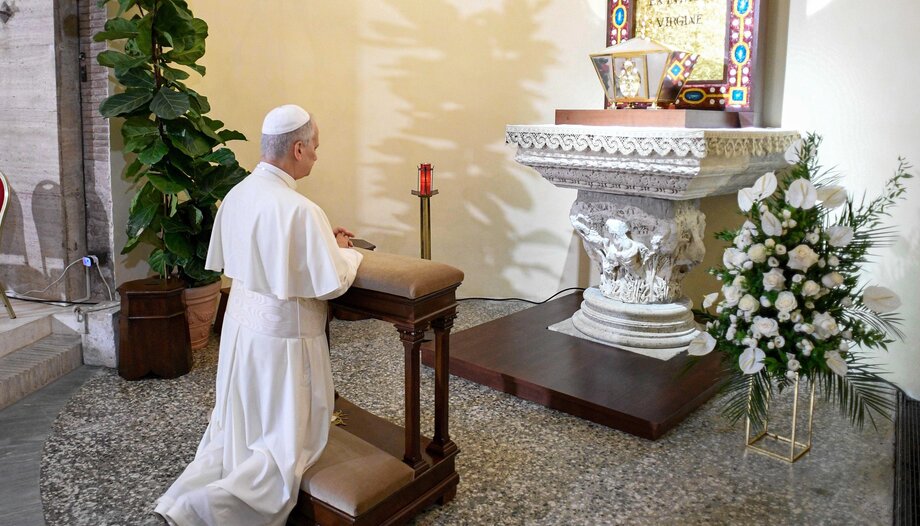At the conclusion of the Aug. 20 general audience, the Pope asked that on Aug. 22 the Church will celebrate the feast of the Kingship of Mary. "As our world continues to be wounded by wars in the Holy Land, in Ukraine and in many other regions of the world," he said, "I ask all the faithful to spend August 22 in fasting and prayer, asking the Lord to grant us peace and justice and to wipe away the tears of those who suffer because of ongoing armed conflicts."
Hope for diplomatic channels
On the eve of the audience, during a meeting at Castel Gandolfo, the Pope affirmed that the recent diplomatic moves towards an end to the war in Ukraine are cause for hope, although still insufficient. "There is hope. We still have to work hard, pray a lot and look for the way forward," he noted.
Asked about his contacts with international leaders after the meeting between Donald Trump, Volodymyr Zelenskyy and European representatives, he explained, "I listen to some of them from time to time," without answering whether he had directly dialogued with the U.S. president.
Response of the Church in Spain
The Spanish Episcopal Conference (CEE) announced through a press release that it will join the day of fasting and prayer. The president of the CEE, Bishop Luis Argüello, sent a letter to the bishops on August 8 to "respond to the call of Pope Leo XIV to intensify prayer and attitudes in favor of peace."
In recent weeks, the prelates have invited to "increase in the liturgical celebrations of each day the prayer for peace". They have also incorporated specific prayers for Lauds, Vespers and Mass.







